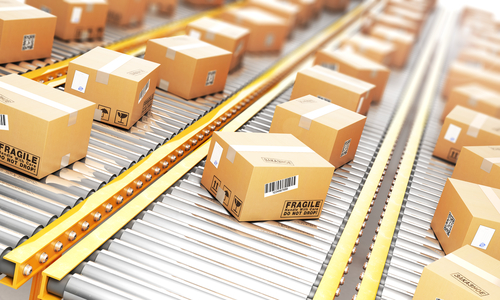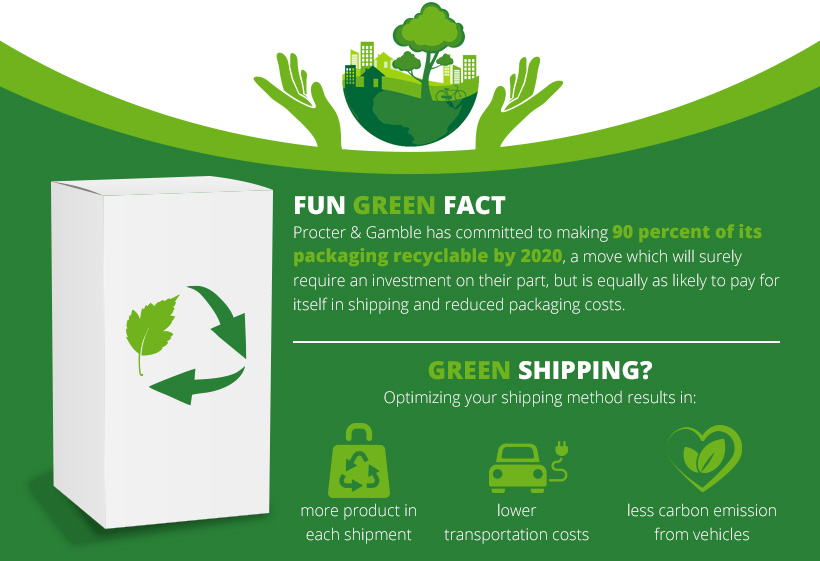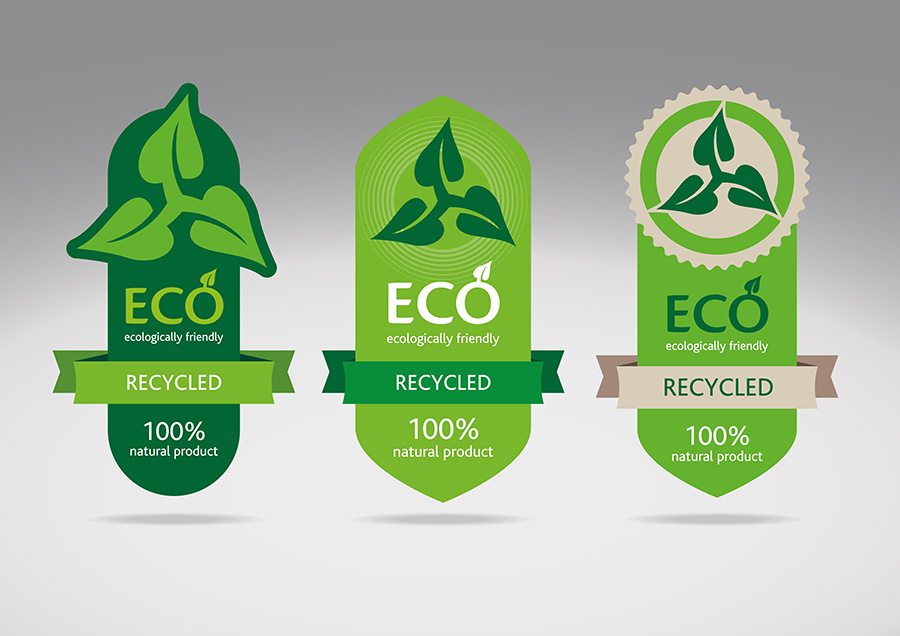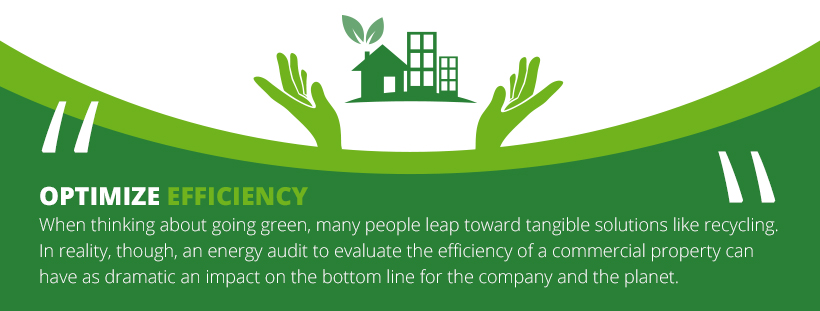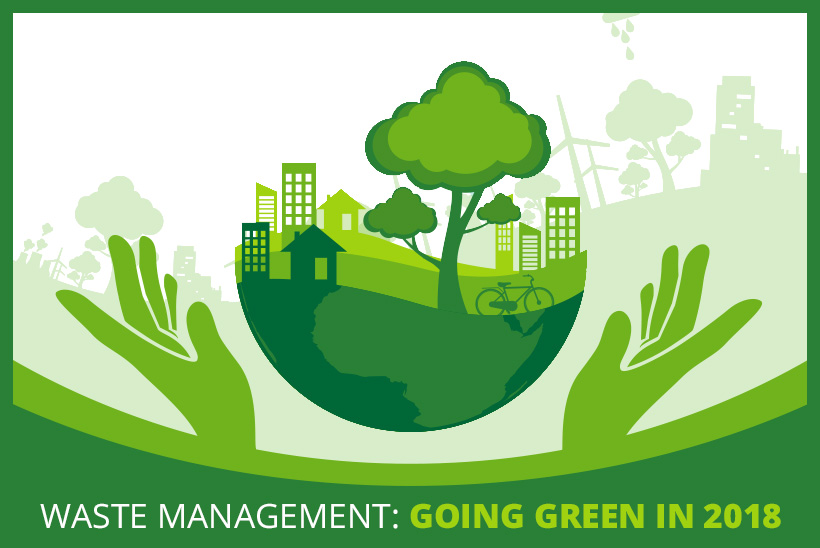
As the New Year looms near and you contemplate business goals for the coming year, one that should be on the top of your list is moving your company toward a greener, sustainable future. Going green is not just about helping the environment, and it’s not just about recycling. It’s about retooling your business on a fundamental level to become more sustainable and profitable, simultaneously.
To realize this goal, you’ll need to look for solutions that both save money and decrease the company’s impact on the planet. Make these processes part of your environmental and economic plans, and your business will realize enormous non-monetary benefits as well – like employee satisfaction and positive public perception.
Reduce, reuse, and recycle are important catchwords, but there’s more to building a sustainable organization than just the three R’s. Take a look at your business as if you were an outsider, and see what changes you would recommend if you were a sustainability consultant. Or, hire a sustainability expert who can help you find the most effective ways to impact the planet and your bottom line positively.
You’ve got to start somewhere, so take a look at these suggestions to make your business practices sustainable and profitable.

Analyze Shipping and Receiving
It’s estimated that one-third of all waste in developed countries comes from packaging. You can influence both the incoming and outgoing shipping packaging for your company by focusing on how materials arrive and how you ship out products, especially during the busiest time of the year — holiday season!
The old saying, “an ounce of prevention is worth a pound of cure,” comes to mind when focusing on waste prevention. The goal is to reduce solid waste by not producing it in your operations process. Reducing packaging waste that comes in your supply stream and the waste produced in your operations will have a dramatic effect on limiting the volume of waste.
Many businesses use significantly more packaging than is necessary, simply due to outdated packaging technology, or because that’s the way it’s always been done. For a lot of consumer goods, product sizes have shrunk due to newer, more efficient design or higher-quality materials.
Perhaps the relative sizes of your products and shipping materials are no longer appropriate. Frontline employees often have the most insight about changes and recommendations for solutions, so include them in the discussion.
Excessive and unnecessary packaging to protect products from breakage might be due to a misunderstanding of the strength and capacity of the shipping materials. Perhaps a change in materials, such as using a box made from a less-dense cardboard or ordering smaller-sized boxes to fit current products, better would benefit your operation.
HASBRO, the company that makes popular toys and games, reduced the thickness of the cardboard shipping containers used to ship their products. This change saved the company approximately $400,000 and resulted in keeping 763,000 pounds of corrugated cardboard from being used and entering the waste stream, annually.
So, the next step is to figure out if you have excess or unnecessary packaging in either your supply chain or as an outgoing product.

Perform a Waste Audit
A popular method used to find ways to reduce and reuse materials at the source before they become waste is called a waste audit. An audit of the processes and materials in your packaging stream can identify what waste your company generates.
By identifying what items are being thrown away during the shipping and receiving process, you can identify things that can be reused, reduced, donated, or sold for profit. Not only is this better for the planet because it reduces the mass of trash in the landfills, but it can also reduce your company’s waste management bills.
Corrugated cardboard is the single largest contributor to solid waste in major American cities. A reusable plastic shipping container, in most common shipping circumstances, can do the same amount of work as 250 single-use corrugated boxes.
Eliminating 250 corrugated boxes from the waste stream can save approximately 375 pounds of cardboard for every plastic shipping container that is used in its place. As an example, Pepsi-Cola transitioned to reusable plastic shipping containers when transporting two soda bottle sizes, not only saving 196 million pounds of cardboard from production but saving the company $44 million.
Ask your waste hauler and recycling company to give you data on the weight and contents of your waste and recycling. This valuable data will allow you to assess your waste stream and look for opportunities. It can also serve as a benchmark for improvements as you implement changes.
There is monetary value in reducing waste. The Environmental Protection Agency (EPA) runs a program called WasteWise that allows companies to earn prestigious awards and get recognition for their efforts, often resulting in reduced waste disposal costs.
Reduce Packaging and Still Ship Safely

No matter what shipping container you choose, it’s important to review what types of padding and packaging are used. Consider eliminating Styrofoam in favor of air-cell padding. Although the air-filled pillows are also made of plastic, it is recyclable.
Styrofoam peanuts are not recyclable nor biodegradable. Eliminating packing materials that are harmful in favor of those that are either recyclable or biodegradable will impact on your goal of sustainable shipping practices.
Cost reductions can be identified by analyzing the necessary strength of the materials required for safe transport, as well as reviewing the operational efficiencies of your transportation.
Less Packaging Makes Shipping More Efficient
Eliminating unnecessary packaging results in being able to pack more product in each shipment. More efficient packaging, reusable shipping containers, and less padding all result in the ability to include more product in each shipment. More efficient shipping results in lower transportation costs, and less carbon emission from vehicle emissions.
For the most bang for your buck, seek out changes that will result in reduced package waste, optimized transportation efficiency due to improved packaging, and the reduction of damaged goods. Reusable shipping containers can help you meet all three goals.
Procter & Gamble has committed to making 90 percent of its packaging recyclable by 2020, a move which will surely require an investment on their part, but is equally as likely to pay for itself in shipping and reduced packaging costs.

Order in Bulk to Minimize Supply Packaging
If your waste audit shows suppliers include excess packaging, then inquire whether the same product is available with minimal or reduced packaging. For example, Disney World purchasing agents discovered that ordering mustard in 48- instead of 24-ounce jars reduced the discard of corrugated boxes by 6,000 pounds annually.
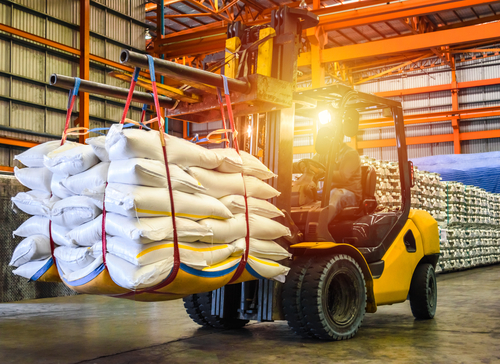
Work out agreements with suppliers for package-reduction initiatives. For example, request goods and merchandise shipments be sent in reusable containers. With a deal to return and plans for reuse, your company could even foot the bill and still see a payoff in both environmental and monetary savings.
Companies can also request less packaging when ordering. Amazon has an option for frustration-free packaging that eliminates wire ties, plastic clamshell boxes, and uses recyclable components.
Asset Recovery
Wooden pallets are a prime example of a simple asset recovery companies should seek out. More than 500 million wooden pallets are built each year to replace those that have been used or discarded.
Wood pallets are also a major contributor to waste. Eastman Kodak saved $380,000 by changing product stacking patterns to use fewer pallets and redesigning pallets to use less wood.
Create a process to repair damaged wooden pallets, resell them, or consider investing in plastic or metal pallets that are stronger and reusable, rather than single-use wooden pallets. If you receive pallets but don’t ship them back out, take advantage of asset recovery to sell them for profit, rather than throwing them away.

Recycle Supply-Chain Materials
Set up a process to harvest and reuse foam packaging pellets (“peanuts”) and cardboard boxes. Although foam packaging peanuts aren’t recyclable, they are reusable almost infinitely. Rather than throwing them into a landfill, organize space and equipment for employees to gather them for reuse.
If you can’t use your boxes more than once due to business limitations, make your boxes available to organizations for reuse before you commit them to being recycled. Using a box once and recycling it is better than throwing it away, but most cardboard boxes are good for several repeat uses before they need to be retired for wear.
Boxes that have been used to hold and ship merchandise that is clean, dry and uniformly sized can be sold to a nearby facility that can reuse them and will eliminate your waste and their material costs. Ask your employees for recommendations on what organizations might be able to reuse your leftover supply chain packaging.
Turn Your Trash into Fuel

Sweden has an advanced process that diverts materials from landfills and uses it to generate power through a waste-to-energy initiative, which converts two million tons of waste each year into 670,000 tons equivalent fuel oil energy.
Investigate Alternative Energy
Maybe you can’t turn your trash into fuel like Sweden, but most American electric providers will allow you to specify that your energy comes from green power. That means your utility provider will agree all energies paid for by your company have been generated by renewable energy sources, like wind, solar, geothermal, or hydropower. Specifying renewable power sources for your energy can be more costly than traditional.
Alternatively, you can work with the utility to see if there are opportunities to install and harvest your power. Solar panels and wind turbines provide clean energy and often have a 5-to-10-year payoff value. As technology in these areas rapidly improves, it’s worth checking in at least once a year to evaluate costs.
Programs That Reward Green Businesses
The U.S. Green Building Council started offering Leadership in Energy and Environmental Design (LEED) certifications for superior environmental performance in building design. Offered to both old and new buildings that can prove that energy, water, and other resources are operating at a high-level of efficiency, this stamp of approval doesn’t come with a cash award, but it can make the resale value of your building increase.
Grants and cash awards do exist for businesses willing to document their environmental consciousness. Government agencies and non-profits alike provide incentives, rebates, or cash grants for companies with recycling and eco-friendly efforts.

Perform an Energy Audit
When thinking about going green, many people leap toward tangible solutions like recycling. In reality, though, an energy audit to evaluate the efficiency of a commercial property can have as dramatic an impact on the bottom line for the company and the planet.
Many energy companies will provide this service for free for commercial users. Professional engineers and scientists assess the building, powered equipment, and the consumers within a facility. Examining energy demands and how that stems from building conditions and operational inefficiencies can help a company develop strategies for optimizing energy usage.
An audit can provide a baseline for energy usage and score the building against similar ones for comparison. This data can be valuable directly to the company when determining the cause of a usage spike associated with an abnormally high bill.

Implement Low-Cost Energy Conservation
Sealing leaks and cracks in an office environment can save up to 20 percent off the cost of heating and cooling. HVAC often accounts for as much as half of a building’s energy use.
Installing passive energy efficiency measures like more efficient light bulbs can provide long-term economic and environmental savings with a low cost of entry. Automating measures like schedule-based lighting or HVAC can manage those processes at optimum efficiency when the building is unoccupied.
An audit by the Department of Energy on Oak Ridge National Lab noted that pursuing low-cost or no-cost, readily available energy conservation measures could have saved $227,000 annually with no up-front expenditure. An additional $77,000 in annual energy spending could have been prevented with less than a $10,000 investment.
Going green doesn’t mean using only eco-friendly products. It means finding ways to recycle, repurpose, conserve, and implement programs in your workplace that benefit your profits and our planet!
